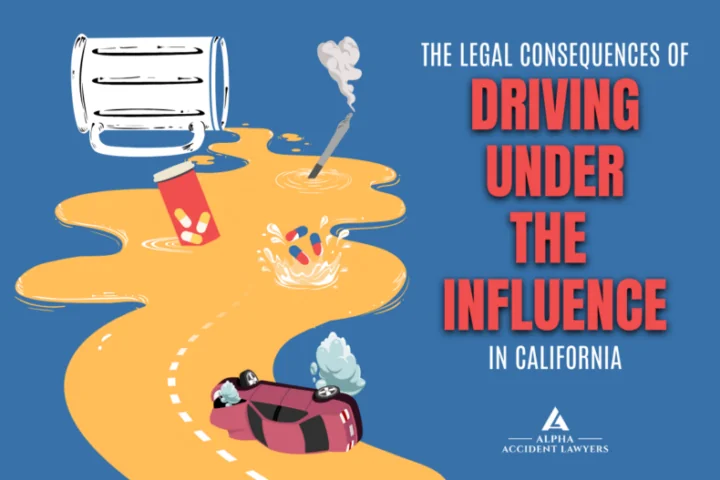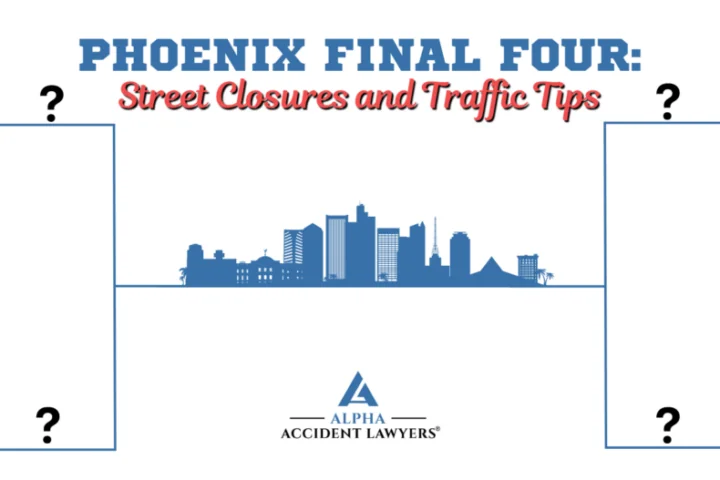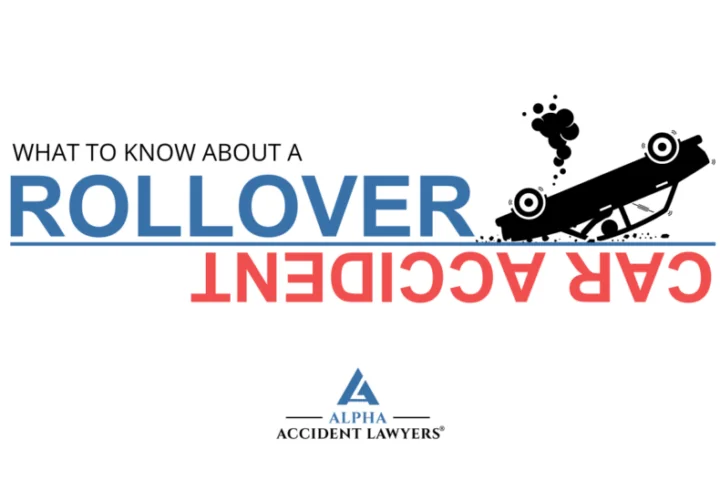Top Elements Needed for a Successful Wrongful Death Claim
Do you know more than 173,000 people in the US lost their lives due to wrongful death? Whether due to an auto accident, truck accident, or pedestrian accident, losing a loved one is a heart-wrenching experience.
However, this becomes even more traumatic if the negligent actions of another party caused your loved one’s death.
If you feel your loved one’s death was due to the other party’s actions, you may be able file a wrongful death claim. The claim seeks to prove responsibility on the party of the at-fault party to get you compensated for the damages.
While you can’t bring back your loved one, filing a wrongful death claim ensures you get the deserved justice and compensation. However, filing for a claim doesn’t necessarily mean you’ll win the case.
There are elements you’ll need to prove as defined by law to set yourself up for success. Read more to learn the top elements needed for a successful wrongful death.
Proving Duty of Care
For a defendant to be liable for negligence in the case of wrongful death, they must have owed the deceased a duty of care.
The plaintiff must prove how this duty of care existed between the decedent and the defendant for the case to be successful. In a car accident case, for example, the plaintiff must prove the defendant had an obligation to drive carefully and obey traffic rules when driving.
Duties of care vary depending on the accident resulting from the decedent’s death. The following are examples of duties of care you can prove in a wrongful death claim:
- A driver has an obligation to drive safely at all times.
- A driver has an obligation to obey traffic signs and signals.
After explaining any duty of care, the judge will decide whether the defendant owed it to the decedent or not. Before making the decision, the judge will consider several factors to ensure its reasonable. Some of these factors include:
- How foreseeable the harm was
- Defendant’s moral blame
- The connection between the defendant’s acts and the harm
- Public policy consequences of finding the duty in all similar cases
For plaintiffs to prove the duty of due care, they must have enough solid evidence about the decedent’s death. So if they’re clueless about collecting such pieces of evidence, they should hire a wrongful death attorney to help them.
Proving Breach of Duty
Once the judge establishes the duty of care between the decedent and defendant, the plaintiff should then prove the breach of that duty. For example, in a doctor’s case, they can breach their duty through misdiagnosis that results in death. Drivers can breach their duty by violating traffic rules or careless driving that might cause a crash that leads to death.
Proving Causation
Proving a breach of duty isn’t enough to make you win your wrongful death claim. As the plaintiff, you should prove that the breach of duty is the immediate cause of the decedent’s death. In the case of a car crash, the plaintiff must prove that it was due to the defendant’s recklessness that the accident occurred.
If the accident occurred due mechanic’s fault or breakdown, the judge wouldn’t find the defendant’s breach of duty as the cause of the decedent’s death. The defendant won’t be liable for the deceased death if it was caused by something else and not their breach of duty.
Proving causation can be complex, time-consuming, and challenging, depending on the facts of the case. Also, experience levels in handling such cases can determine how well causation will be proven. To be successful in proving causation, hire a reputable lawyer for wrongful deaths.
Proving Damages in a Wrongful Death Suit
Besides proving breach of duty and causation, the plaintiff must prove the damages that the decedent sustained. In a wrongful death claim, damages will be presumed as long as causation and breach of duty existed. This is because the decedent already lost their lives.
The plaintiff can prove all other elements in other negligence cases but still lose their case. This occurs if no injuries or damages were suffered and if there’s no adequate evidence to prove the nature of the damage.
Some of the damages that can be proven in a wrongful death case include:
- loss of income
- medical expenses
- medical bills
- funeral costs
- loss of potential earnings
- loss of decedent’s love, guidance, care, assistance, comfort, and moral support
- pain and stress of the victim before death
Proving these damages can be difficult and requires significant experience. This is because it requires the production of strong and convincing evidence that’s not easy to get.
For example, it’s hard to determine how much a person would have made from their career if you don’t know the factors to consider. You should look into life expectancy, inflation, skills, abilities, and career development path. For this reason, it’s imperative to hire an attorney who knows how to calculate a fair wrongful death settlement.
Here Are Elements Needed for a Successful Wrongful Death Claim
Losing a loved one due to a preventable cause is devastating. To ensure the party at fault is held accountable for their actions, it’s necessary to file and prove a wrongful death claim. However, make sure to have a reputable wrongful death lawyer by your side for a successful claim.
Above are the elements required for a successful wrongful death claim.
Are you looking for a wrongful death attorney? At Alpha Accident Lawyers, we’ve got you covered. Contact us today to book an appointment.




